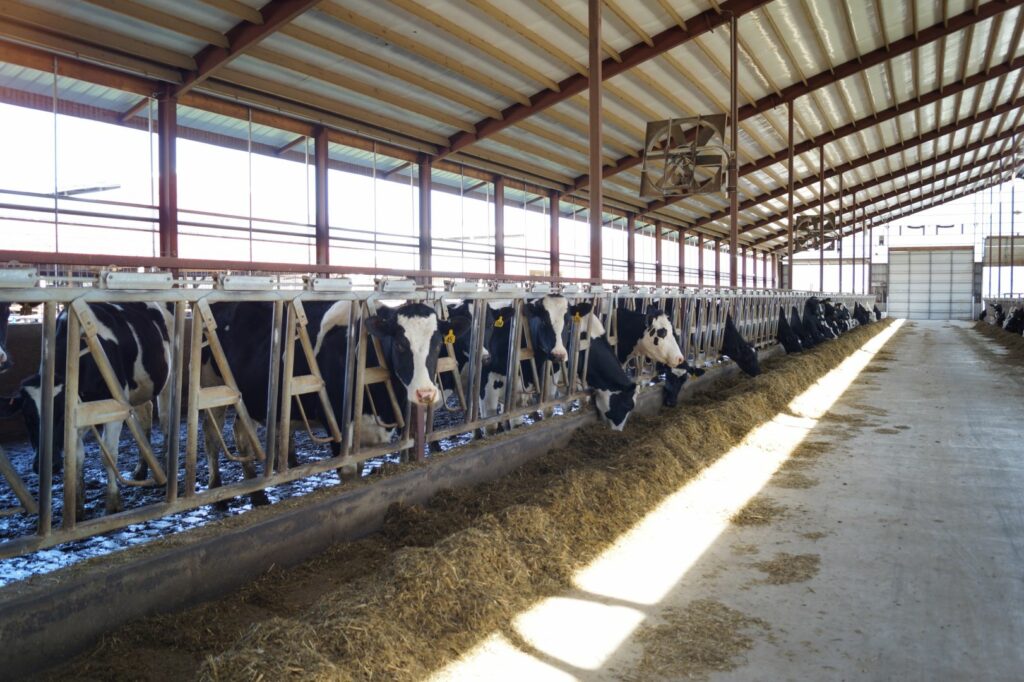After your forages are harvested is a good time for you and your BioAg consultant to evaluate your forage program and your crop ration.
Evaluate Your Forage
It takes some time to evaluate what you have for forages and to what groups of animals they would best be fed. Some dairy producers have had the experience of feeding more alternative annual forage varieties due to the improved crop rotation and soil health. These dairy producers have been pleasantly surprised by the digestibility of their crops if harvested in a timely manner.
Did you get the yield and quality needed to provide enough consistent high-quality forage to optimize dairy production and profitability? Along with yield data, your forage sample test results are your report card. If you do have quality feed, that is great! If not, what was the limiting factor? Of course, there can be many factors influencing forage quality besides the weather. Things to consider:
- How good was the alfalfa stand?
- What was the corn stand population?
- What about the soil fertility?
- When did you harvest and how?
- What storage did you use?
- How did you feed out?
Success really comes down to understanding what is being managed in your operation. We all want a high-quality, highly digestible feed, but it can take a process to get there. We have to plan for it and work toward it—that’s livestock nutrition from the soil up.
From the Soil Up
Our goal at Midwestern BioAg is to help your operation be more profitable. Our consultants are trained to first look at the soil at your operation and make your soil a strong sturdy platform for raising quality feeds. Remember that the minerals within a healthy plant are more available than with feeding mineral supplements. When you change the quality of feed, you also change the digestibility and availability of the nutrients that the feed contains. The higher the quality of your forage (more pectins, sugars, and digestible fibers) the fewer grains or off-farm supplements you’ll need to buy. You’ll see the results in healthy animals and improved return on investment.
Midwestern BioAg consultants can look at both your soil test and forage test (the report card) to help you make informed fertility decisions for your crops. If your soils are low in soluble calcium (partially determined by forage test), fall is a great time to apply Bio-Cal® or OrganiCal™ if you are organic, to your fields. These soil amendment products provide soluble calcium with slow release.
We know calcium is important in the dairy ration for milk, bone, heartbeat regulation, nerve impulses, and activation of enzymes, but what about its role in the plant? Calcium works to improve plant health by supporting membrane structure, stability, and function leading to better yields and higher quality forage. We see improved soil structure. And let’s not forget protein and nitrogen to sulfur link to creating more complete protein as sulfur contains the essential amino acids cysteine and methionine, which again benefit both the plant and the animal.
What improvements can be made to your forage program? Ask a BioAg Consultant.

